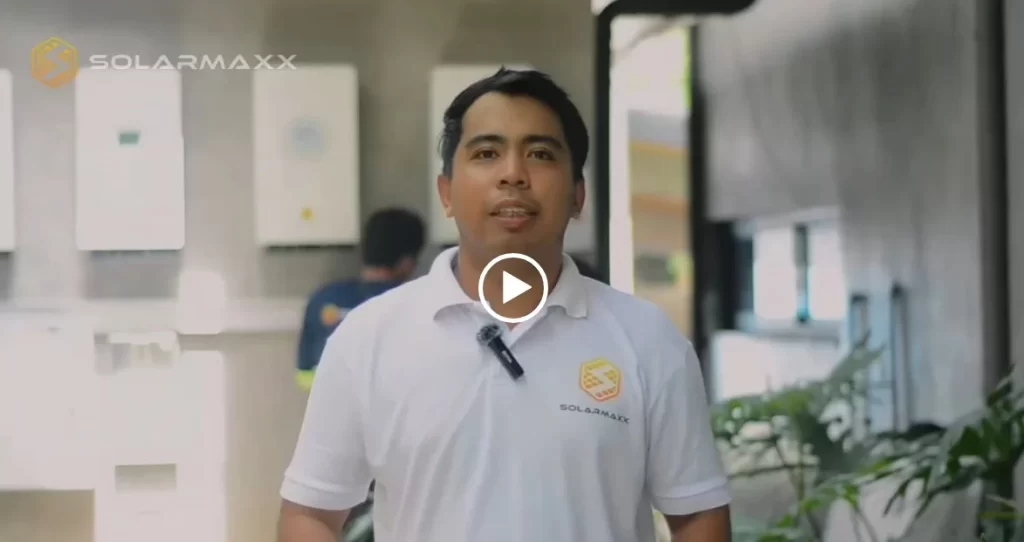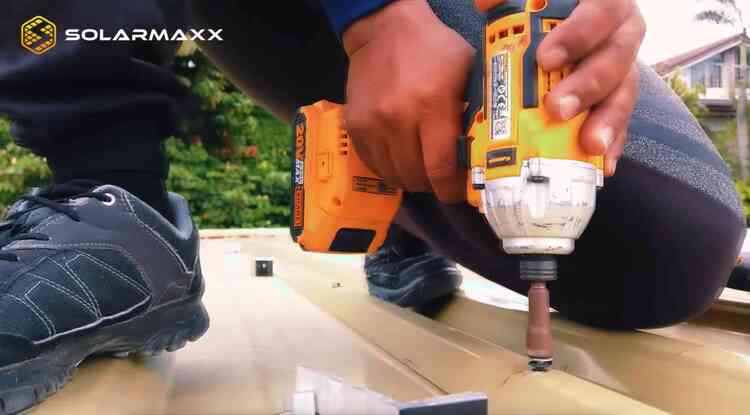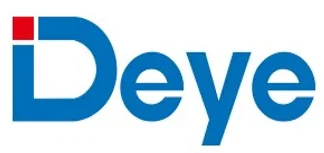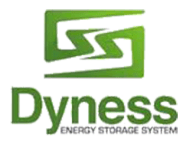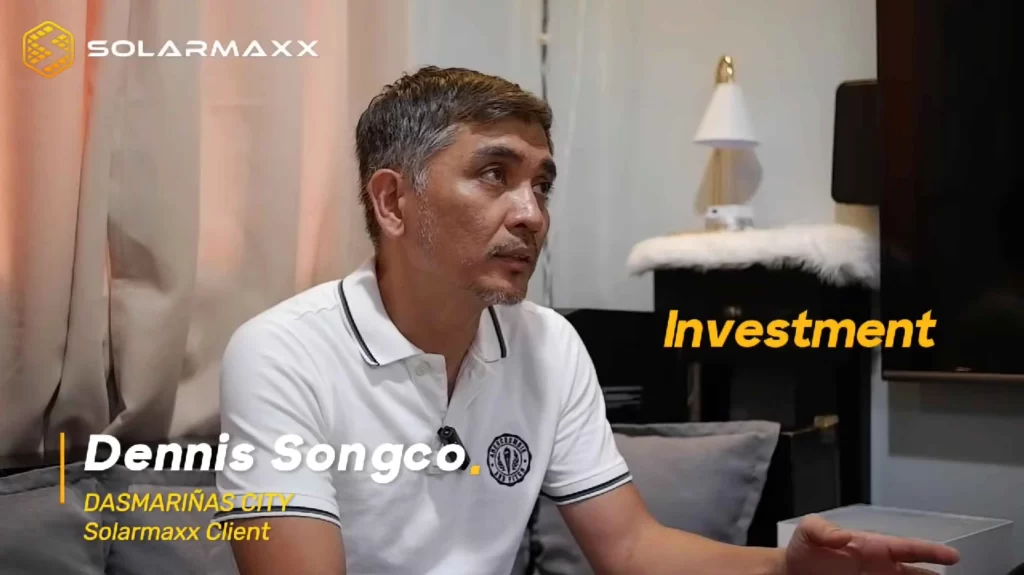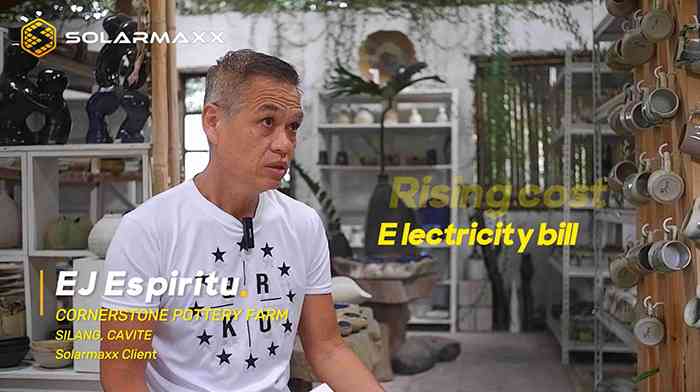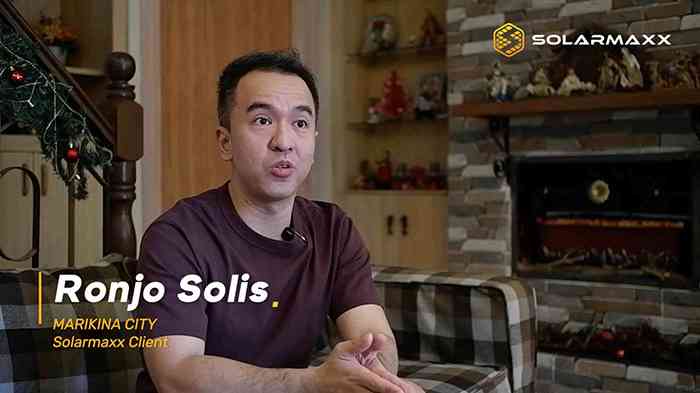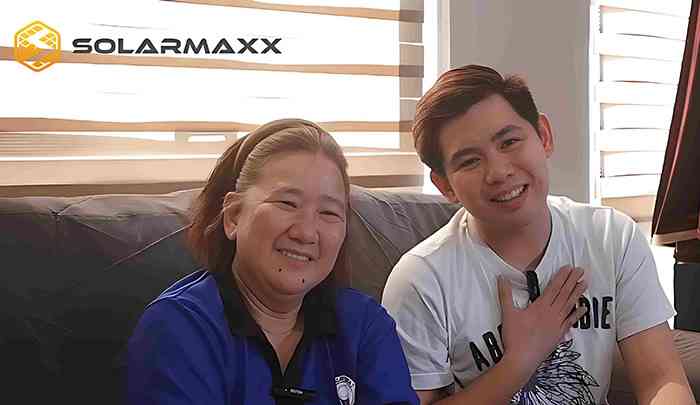As featured in




Why go Solar
Ultimately, going solar can save you money, help protect the environment, and contribute to a more sustainable future.
- Clean, Renewable Energy
- Sustainable for the Long-Term
- Save on Energy Costs
- Protect the environment
- Energy Independence
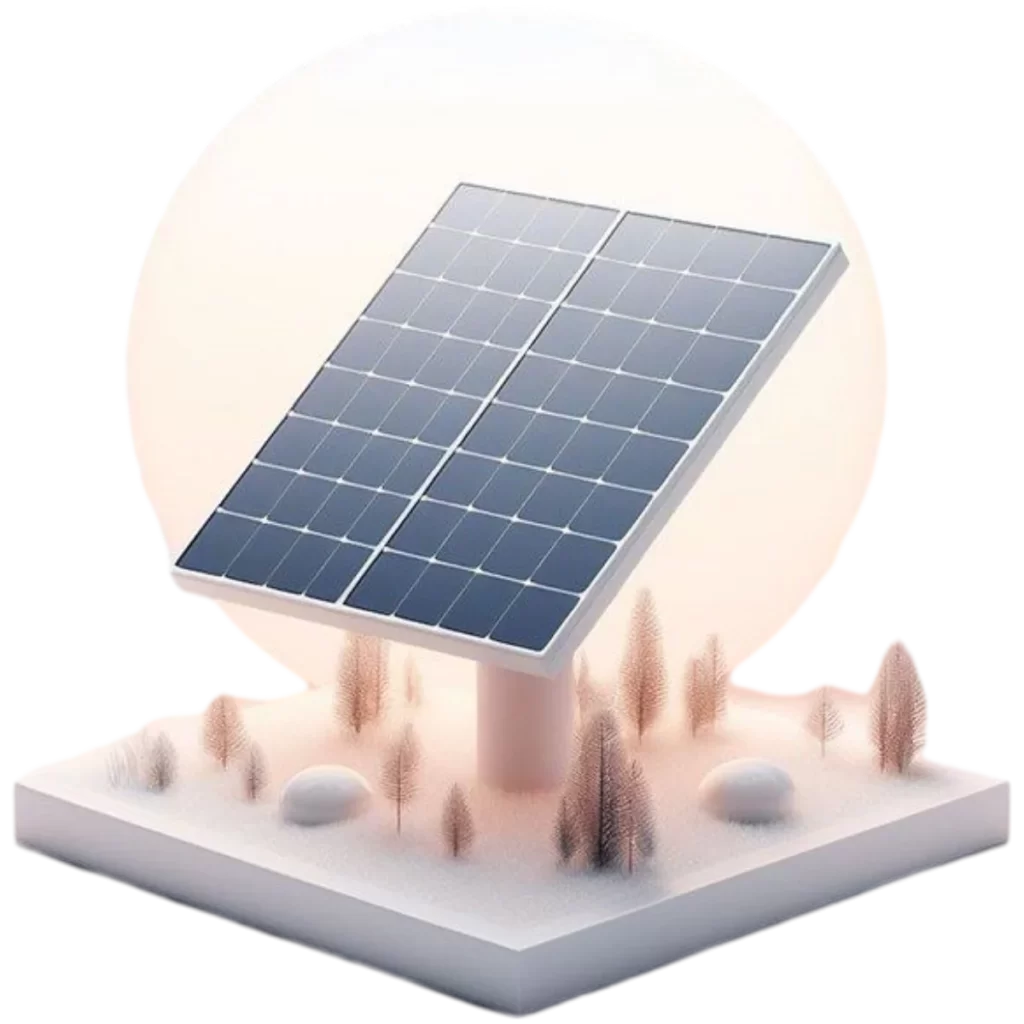
Produce
Store
optimize
How It Works
Solar panels generate a direct current of electricity. This is then passed through an inverter to convert it into an alternating current, which can be fed into the National Grid or used by the home or business that the solar panels are attached to.
Frequently Asked Questions
Answers to help you
The cost of a solar PV system varies depending on its size and capacity. It is best to contact a SOLARMAXX representative to find the system best suited to your needs.
We want to make solar energy more accessible to every Filipino by offering various payment options, including cash, installment via credit card, and post-dated checks.
The number of solar panels needed for a house depends on several factors, including the size of the house, the amount of electricity used, and the available space for the panels. It would be best to consult with a SOLARMAXX representative to determine the specific number of panels needed for your home. They will take into account factors such as your energy consumption, sun exposure, and local climate conditions to give a more accurate estimate.
Solar power works by capturing the energy from the sun and converting it into electricity. This is done using solar panels, which are made up of photovoltaic cells. These cells convert the energy from the sun into direct current (DC) electricity. The DC electricity is then sent through an inverter, which converts it into alternating current (AC) electricity that can be used in homes and businesses. The AC electricity is then sent to the electric grid, where it can be used by others, or it can be stored in batteries for later use.
A grid-tied solar pv system, also known as
grid-connected or “on-grid system”, is a type
of solar pv system that is connected to the
electrical grid. Designed for daytime use, it
allows households to use solar energy when
available. If the solar panels do not generate
enough power to meet household demand,
the system automatically supplements the
shortfall by drawing electricity from the grid.
A hybrid solar system, also known as a “grid-tie with battery backup” system, is a type of solar power system that combines the features of a grid-tied system with the added benefit of a battery backup. Hybrid systems also include a battery/power wall that stores the excess electricity generated by the solar panels for use during times when the solar panels are not producing enough electricity or during a power outage.
The installation varies depending on several factors, including the accessibility of the site, and weather conditions. A usual residential solar power system will only take 1 – 2 days to install.
No, solar panels do not generate electricity at
night because they rely on sunlight to
produce energy. However, you can still use
solar power at night if you have a battery
storage system that stores excess energy
generated during the day.
Net Metering is a law that allows owners of Solar PV System to sell their excess power to the Distribution Utility
(e.g. Meralco). Net Metering lets homeowners earn bill credits for every watt of excess solar energy they send back
to the grid. These payments allow the homeowner to dramatically reduce, or even eliminate, their utility usage
charges.
Net metering is processed through the Distribution Utility (e.g., Meralco) and the Local Government Unit (LGU).
After inspection and approval, your meter will be upgraded to a bi-directional meter, which measures both electricity
consumption and excess power exported to the grid. The processing time for a net metering application varies
depending on your LGU and the specific branch of your distribution utility
Success Stories
Request ocular inspection
Get a FREE solar assessment and quote.

